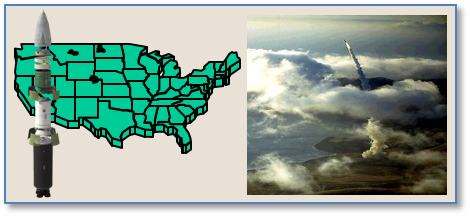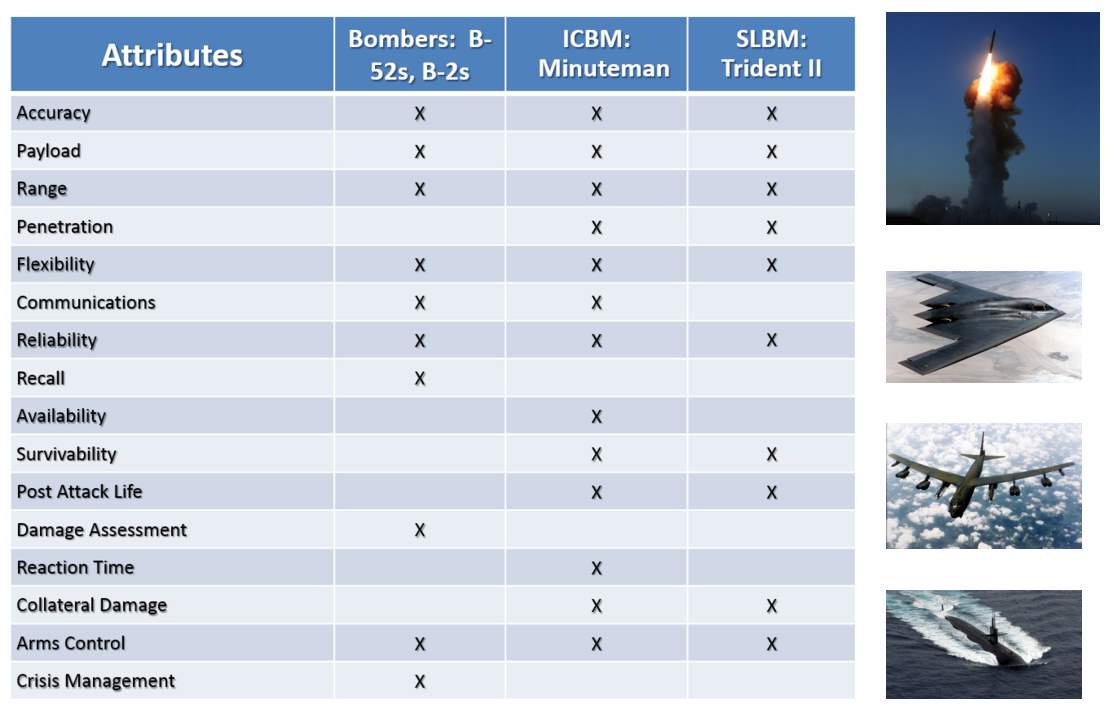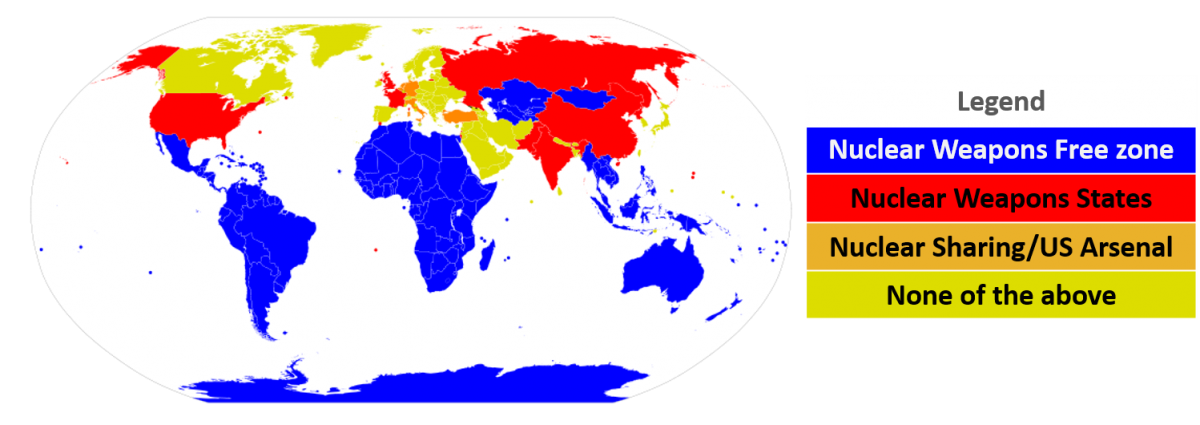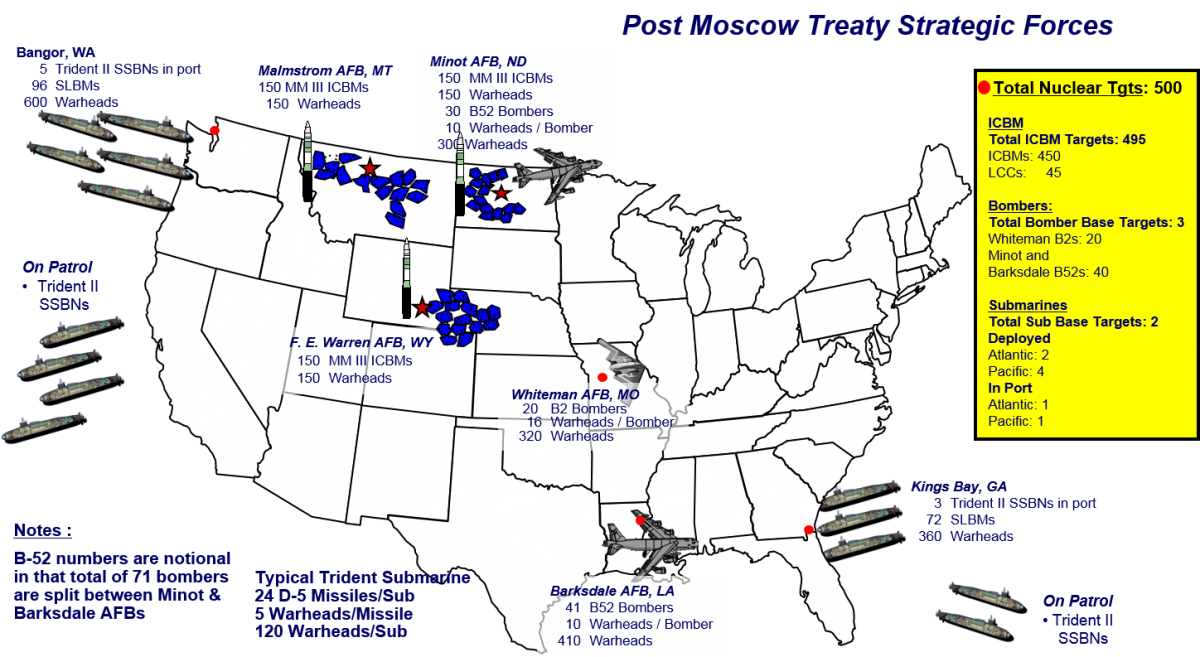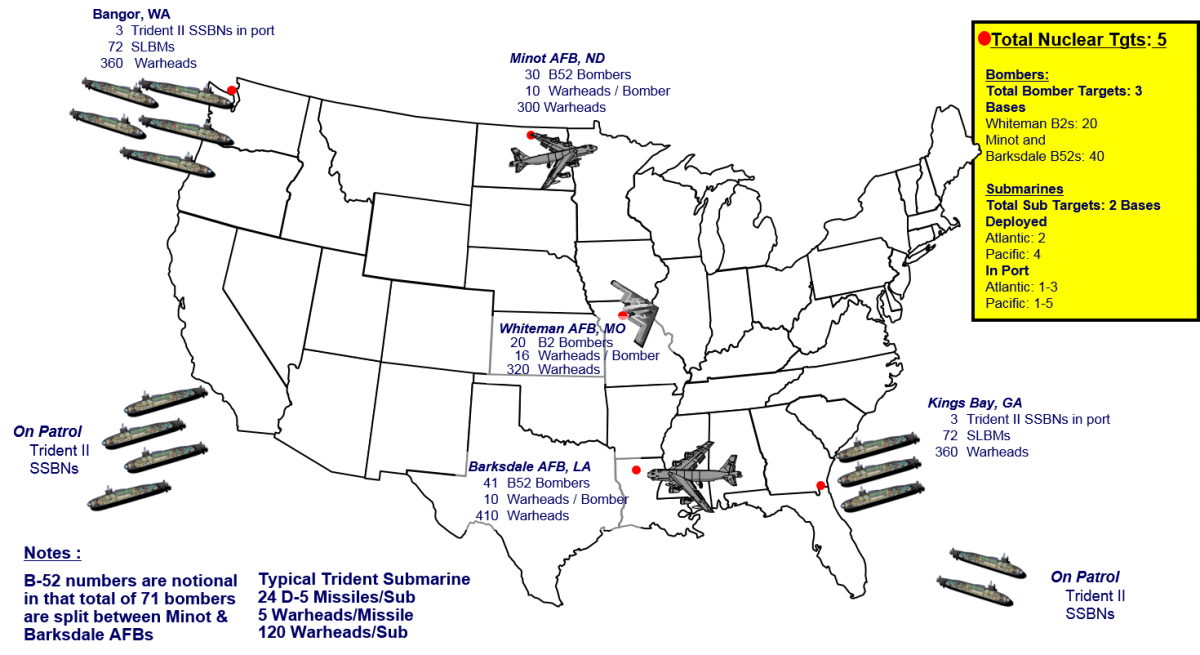
Deterrence is the capability to discourage, or prevent others from acting on a threat.
“The purpose of a deterrent force is to create a set of conditions that would cause an adversary to conclude that the cost of any particular act against the United States of America or her allies is far higher than the potential benefit of that act.”
General Chilton
Former Commander, USSTRATCOM,
Oct 2007-Jan 2011
The three components of nuclear deterrence are:
- Capability
- Willingness to expend nuclear weapons
- Adversaries knowledge of our will and capabilities




